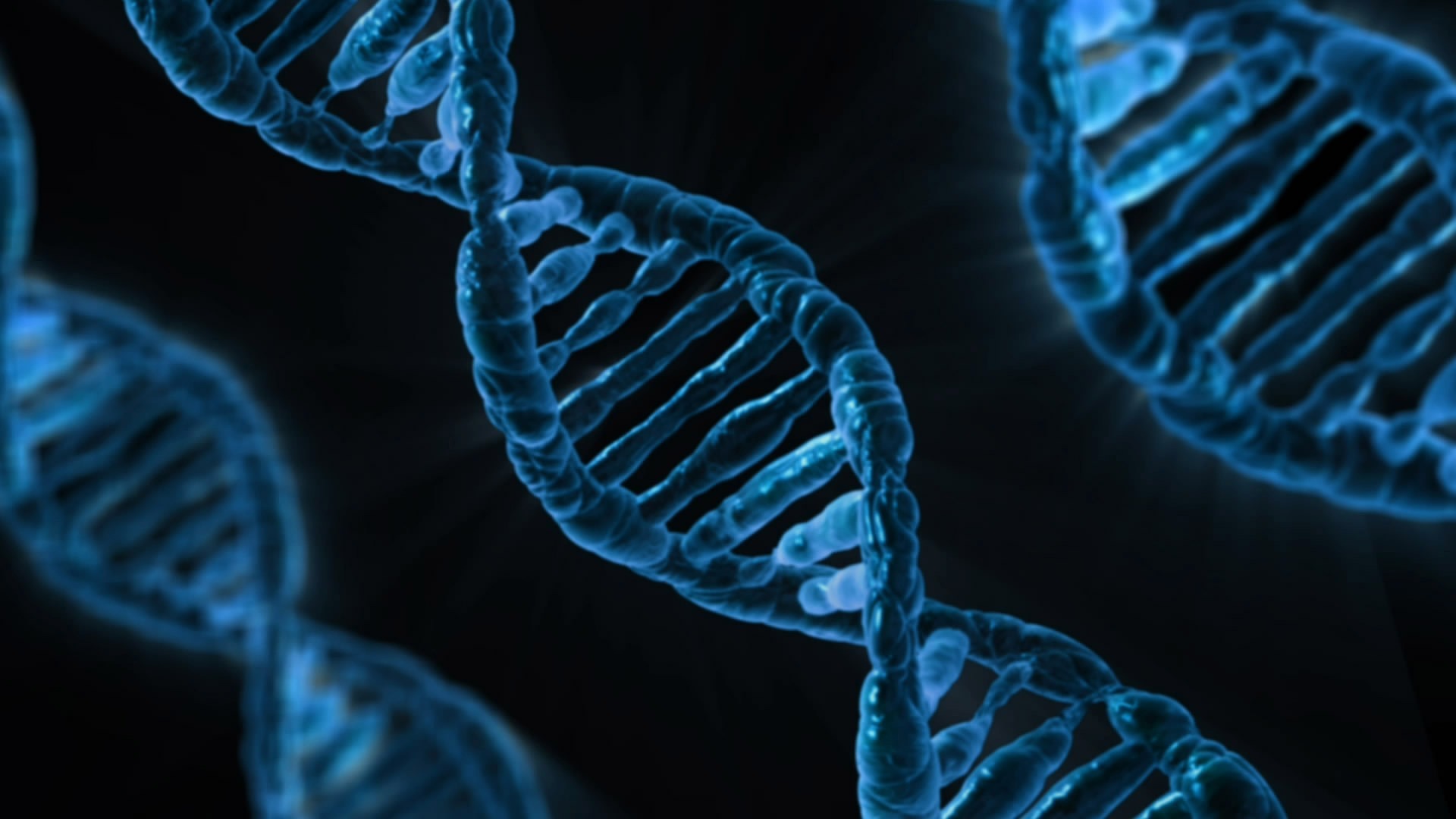Fan explains that Carvykti was developed based on Legend’s proprietary llama-derived nanobody platform, which allows the CAR-T cells to target multiple antigens simultaneously. This offers several advantages over traditional antibody-based approaches.

Image by PublicDomainPictures from Pixabay
In April, Carvykti (ciltacabtagene autoleucel), an autologous CAR-T cell therapy developed by Legend Biotech and Johnson & Johnson (JNJ), received marketing approval for second-line therapy in multiple myeloma (MM) in the United States and Europe. Compared to the previously approved fifth-line treatment, this approval greatly expands the population of eligible patients. JNJ are optimistic about this therapy’s prospects too. In their Q1 earnings call, they said that expected Carvykti’s numbers to finally pick up after three quarters of flat sales.
So far, that optimism has proven to be well-founded. Carvykti has shown superior response rates in patients with advanced multiple myeloma. Data from CARTITUDE-4, a phase 3 trial, showed that 73.1% of patients receiving Carvykti had a complete response (CR) or better compared with 21.8% of patients on standard care.
What explains the promising response rates? To learn more, PharmaDJ spoke with Frank Fan, co-founder and former Chief Scientific Officer of Legend Biotech and the lead researcher on Carvykti. Less than a year after leaving Legend, Dr. Fan has moved onto a new venture as the founder of Shenzhen-based Wondercel Therapeutics.

Frank Fan
Leveraging Legend’s llama-derived nanobody platform
Fan explains that Carvykti was developed based on Legend’s proprietary llama-derived nanobody platform, which allows the CAR-T cells to target multiple antigens simultaneously. This offers several advantages over traditional antibody-based approaches.
"At that time, almost all CAR-T cell therapies targeted CD19 and were based on mouse-derived antibodies," he says. However, Fan believes antibodies derived from other animals can also be leveraged: "In addition, the framework of antibodies derived from camelids is similar to that of humans, and has high homology and is easy to engineer."
One key benefit of the platform is the unique structure of camelid antibodies. "A particular advantage is that camelids, including llamas, naturally lack light chains and have only heavy chains in a fraction of their antibodies," Fan adds. "The antigen-determining amino acid region of the heavy chain is relatively long and the structure is relatively stable, so the affinity of this type of antibodies is high."
This structural difference also facilitates the engineering of multi-specific antibodies. "This type of antibody has no light chain so it is very flexible. If you want to design multi-specific antibodies, you don't need to consider the pairing of heavy and light chains."
A novel approach to designing bispecific CAR-T
Previous attempts at bispecific CAR-T have been relatively unsuccessful due to the spatial proximity between antibody and CAR domains. Says Fan, "The principle of CAR-T is that the antibody binds to the tumor target, and then changes and activates the CAR molecule, so that T cells are activated. Therefore, the distance between the molecules in the spatial epitope is very important. Only if it is close enough is the signal transformation high enough."
Moreover, Fan is eager to point out that traditional bispecific CAR-T designs that using full antibodies had significant issues: "Canonical bispecific CAR-T has both heavy and light chains, so the distal (N-terminal) antibody's signal efficiency is extremely low, approximately 20% of the proximal antibody. Even after optimization, the efficiency is still poor."
So, his team tried using single-domain antibodies, like Camelid nanobodies, to design CAR-T. Since this type of CAR structure comprises only heavy chains and no light chains, the "connection efficiency" could theoretically be equal. The team even tried combining two and three nanobodies in one CAR and found that with an appropriate linker, the efficiency of all three binders was basically comparable. This became the basis for a proprietary multi-specific CAR-T platform.
Targeting two BCMA epitopes
So why does this CAR-T therapy target BCMA? In a word, the answer is ‘safety’. "CD38 and CD138 express on many cells that are not related to the tumor,” Fan explains. BCMA, on the other hand, is selective enough on its own without the risk of damage to normal immune cells.
However, to achieve better efficacy, Fan says, "The innovation we do is to use the proprietary multi-specific platform to design multi-epitope BCMA-targeted CAR-T cells to increase affinity." Taking this approach, his team was able to screen many antibodies targeting different BCMA epitopes. "Our multi-specific platform is actually multi-epitope in this particular case, structurally the same. From an immunological perspective, it is a single-target, multi-epitope design," he explains.
His team’s findings have been borne out in preclinical studies too. One study found that when two different BCMA epitopes were connected in series, the efficacy of killing tumor cells was significantly better than those with a single epitope, both in vitro and in animal models. A paper published by the team in the journal Signal Transduction and Targeted Therapy last year provides more details about this.
Defying expectations of efficacy and potency
To illustrate just how potent and effective Carvykti is proving to be, Fan shares an anecdote. In those initial studies, patients were only eligible if their myeloma cells expressed BCMA at a minimum of 50%. However, two patients had "negative" BCMA expression levels below detection. Because this was an investigator-initiated trial, they were allowed to enroll for exploratory purposes. Remarkably, these two patients with seemingly non-responsive tumors achieved a complete response and a very good partial response, respectively.
Fan was excited by the results, positing that "Carvykti's multi-epitope design makes it particularly sensitive, able to elicit positive effects even at very low BCMA levels." This led the researchers to revise the protocol, no longer requiring the BCMA expression test. Now, Carvykti can be used to treat multiple myeloma regardless of BCMA levels.
“Over the years,” he adds, “Carvykti’s production has undergone several changes, with plants moving from China to the United States, from the CDMO to JNJ’s plant, to Legend’s facility, and now to Europe, but the efficacy data has remained consistently high, with the objective response rate (ORR) all above 97%, so I think Carvykti is a literally a perfect product with cause.”
“So,” he continues, “if the product is developed and designed well enough, it will exhibit a high degree of tolerance to various external factors. It can even compensate for defects in the chemistry, manufacturing, and controls (CMC) process, cell quality, and poor patient conditions.”
Edited by Justin Fischer